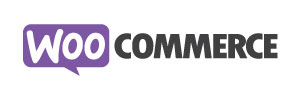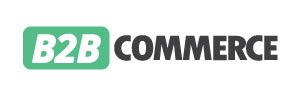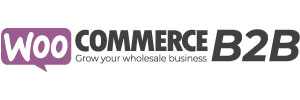During the last years, with the growing success of b2b integrated ecommerce platforms, B2C purchases have developed in the direction of quick as well as smooth ordering funnels in order to maximize the conversion rate. The most effective instance of this pattern is the “one-click buying” feature introduced by Amazon.com.
As B2B integrated ecommerce has actually been obtaining more and more value, several systems have attempted to apply the B2C version to B2B purchases. Yet, although B2B likewise calls for a frictionless experience, the intricacy as well as the requirements of B2B purchases can not fit in the B2C integrated ecommerce model.
What is the best software to use in Canada for Sage Business Cloud b2b eCommerce integration?
The first difference between B2C and B2B orders is the amount of items purchased. B2B integrated ecommerce deals are usually bulk orders, entailing big amounts of money. This describes why specialists do not wish to order their supplies as conveniently and promptly as a consumer on Amazon.com. Experts favor being able to very carefully examine their order, the shipping problems (price and delay), the total quantity, the payment conditions as well as the seller’s information prior to verifying.
On the vendor’s side, permitting mass orders makes stock management from Sage Business Cloud extremely essential. The seller must be able to change the amount gotten if it does not match with his stock.
After that, permitting large orders likewise rises several various other subjects like tax rates, delivery and money. Experts may not constantly intend to have their products supplied asap. Some orders may just be required 6 months later on, which calls for an interface where the buyer can pick his delivery problems.
Lastly, one of the greatest difference in between B2C and also B2B ecommerce transactions is repayment. B2C transactions are dominated by payment modes like credit card or Paypal whereas B2B deals need a much broader option of options. Professionals need to be able to select between numerous repayment settings (transfer, credit card, checks) as well as also a number of conditions (direct repayment, repayment in a number of terms, delayed settlement etc.).
For those factors, the B2B purchasing funnel can not be based on the B2C’s design as well as requires to be rethought especially for B2B.
Key benefits of b2b integration with Sage Business Cloud Canada
Since we specified the demands as well as specificities of B2B purchases we can create the B2B integrated ecommerce buying channel.
- In recap, the customer requires action in the channel to inspect the items and also the amount gotten, the delivery problems, the settlement conditions, the tax obligations and the overall quantity of the order.
- Then, depending upon your market, the seller may need to be able to modify the order’s details (quantities, products, shipping expenses) before validating the order.
- In order to fill all these requirements and to adjust to all situations, we, at Storehub.io, have actually created three various purchasing treatments once the purchaser has confirmed his order:
- When the customer confirms the order, it is instantly verified and all the information are set most definitely. This procedure puts on industries with few bulk orders.
Let Storehub.io help, we offer b2b eCommerce integration with Sage Business Cloud
As soon as the customer confirms the order, the vendor receives the order as well as can change some info (relying on the marketplace’s settings). This way, the vendor can adapt the order to his stock, as well as adjust the delivery details for example. Then, the seller confirms the order.
This treatment starts like the basic recognition purchasing. Yet when the vendor adjustments something in the order (amount, delivering etc.), the buyer needs to revalidate to agree with the modifications. This treatment is created sectors with very variable amounts and shipping conditions (ex: agro-food industry).
Book a free consultation with Storehub.io, we will provide you with the best software to use for b2b eCommerce integration and Sage Business Cloud in Canada.
See more of our b2b eCommerce integration articles and other integration options below
IQ Retail B2B eCommerce Potential & Challenges in the UK
How do I sync my Sage 200 with a b2b eCommerce online store in Canada?
What is the best b2b eCommerce integration software using Sage Business Cloud in Canada?












